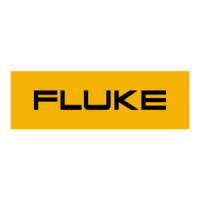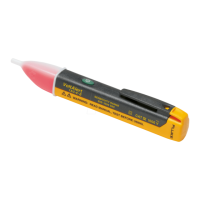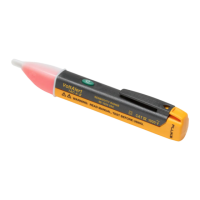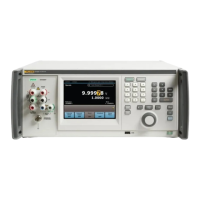Remote Operation
Command Syntax Information 5
5-9
5-10. Extra Space Characters
Tables 5-2 and 5-3 and the remote program examples at the end of this chapter show
commands and their parameters separated by spaces. One space after a command is
required. All other spaces are optional. They are shown for clarity in the manual and may
be left in or omitted as desired. Extra spaces can be inserted between parameters as
desired. Extra spaces within a parameter are generally not allowed, except for between a
number and its associated multiplier or unit.
Example: Explanation:
“OUT 188.3 MA, 442 HZ” Equivalent to “OUT 188.3MA,442HZ”
“OUT - 110.041 V” Invalid; no space allowed in a number
“OUT -110.041 V” Correct form for above
Table 5-2 contains examples for commands whose parameters are not self-explanatory.
Remote program examples for the Fluke 1722A Instrument Controller are provided at the
end of this section.
5-11. Terminators
To signify the end of a response sent to the controller, the calibrator sends a “terminator.”
For response message terminators, the calibrator sends the ASCII character Line Feed
with the EOI control line held high. The following characters are recognized bythe
calibrator as terminators when encountered in incoming data:
• ASCII LF character
• Any ASCII character sent with the EOI control line true
The terminator used by the Fluke 1722A Instrument Controller for data it sends to
instruments on the IEEE-488 bus is programmable, but its default is LF with EOI.
5-12. Incoming Character Processing
The calibrator processes all incoming data as follows (except the 8-bit data byte portion
of the *PUD parameter):
1. An eighth bit (DIO8) is ignored.
2. All data is taken as 7-bit ASCII.
3. Lower-case or upper-case characters are accepted.
4. ASCII characters whose decimal equivalent is less than 32 (Space) are discarded,
except for characters 10 (LF) and 13 (CR) and in the *PUD command argument.
*PUD allows all characters in its argument and terminates in a special way.

